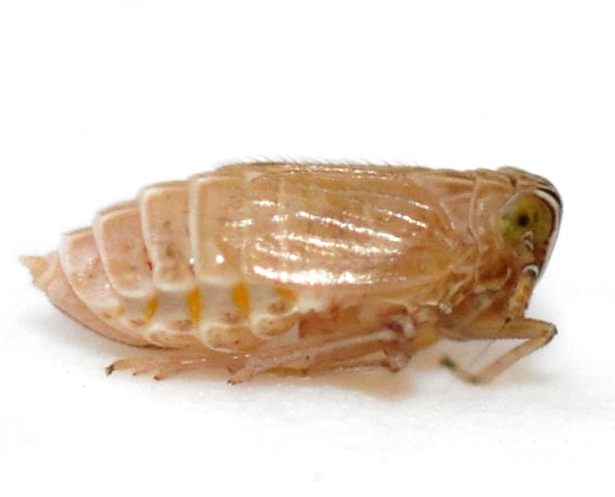
|
|
|
| synonym |
|
| description |
A brownish species with both macropterous (long-winged) or brachypterous (short-winged) forms possible. The face (both the frons and clypeus) is dark with pale/white ridges. The two antennal segments are pale with faint, dark margins apically on segment I and basally on segment II. The pronotum is pale, as are the legs. This species closely resembles M. propinqua and M. wetmorei. Both wetmorei and idonea have similarly colored faces, both being dark unlike propinqua. Furthermore, wetmorei tends to have a dark brown ring around the juncture of the two antennal segments while this ring is paler in idonea. Essentially, T. idonea has a darkened face like in wetmorei and pale antennal segments like in propinqua. Furthermore, T. idonea can have brachypterous adults while this has not been seen in M. wetmorei; brachypterous specimens with a dark face that may represent one of these similar species are very likely to be T. idonea. It is helpful to photograph the face of individuals that may represent one of these three species, but in some cases an ID may not be possible. For images of pinned specimens from these three closely related species, see: propinqua, wetmorei, and idonea. |
| distribution |
Southeastern United States; also Bahamas (South Bimini, Great Inagua), Belize, Brazil, Bolivia, Cayman Islands, Columbia, Guatemala, Honduras, Panama, Paraguay, Suriname, Uruguay, and Venezuela (UDEL)
|
| abundance |
Recorded from several counties in the mountains and Piedmont, probably more abundant in the right habitat. |
| seasonal_occurrence | |
| habitat |
Has been found in grassy areas. |
| plant associates |
Grasses |
| behavior |
|
| comments |
|
status |
[Native:]
[Introduced:]
[Extirpated:] | | list_type |
[Official:]
[Provisional:] |
| adult_id | Unmistakable and widely known Identifiable from good quality photos of unworn specimens
Identifiable from photos showing undersides, or other specialized views [e.g., legs, face]
Identifiable only by close inspection of structural features or by DNA analysis NULL |
| nymph_id | Unmistakable and widely known Identifiable from good quality photos, especially where associated with known host plants
Identifiable from close inspection of specimens or by DNA analysis
Identifiable only through rearing to adulthood NULL |
| G_rank |
|
| S_rank |
|
| rank_comments |
|
| tribe |
Delphacini |
| subgenus |
|
Species Photo Gallery for Toya idonea No Common Name |
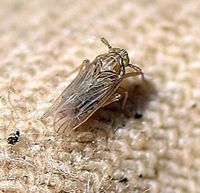 | Photo by: Paul Scharf
Warren Co.
Comment: Caught Sweeping | 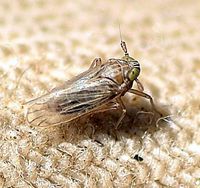 | Photo by: Paul Scharf
Warren Co.
Comment: Caught Sweeping |
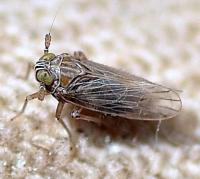 | Photo by: Paul Scharf
Warren Co.
Comment: Caught Sweeping | 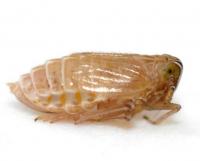 | Photo by: Kyle Kittelberger, Brian Bockhahn
Vance Co.
Comment: mixed hardwood forest, open forest, grassy patches |
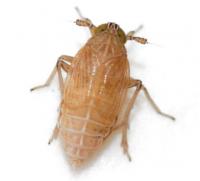 | Photo by: Kyle Kittelberger, Brian Bockhahn
Vance Co.
Comment: mixed hardwood forest, open forest, grassy patches |  | Photo by: Kyle Kittelberger, Brian Bockhahn
Vance Co.
Comment: mixed hardwood forest, open forest, grassy patches |
 | Photo by: Rob Van Epps
Mecklenburg Co.
Comment: Caught sweeping in overgrown field. | 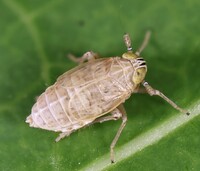 | Photo by: Rob Van Epps
Mecklenburg Co.
Comment: Caught sweeping in overgrown field. |
|

 »
»
